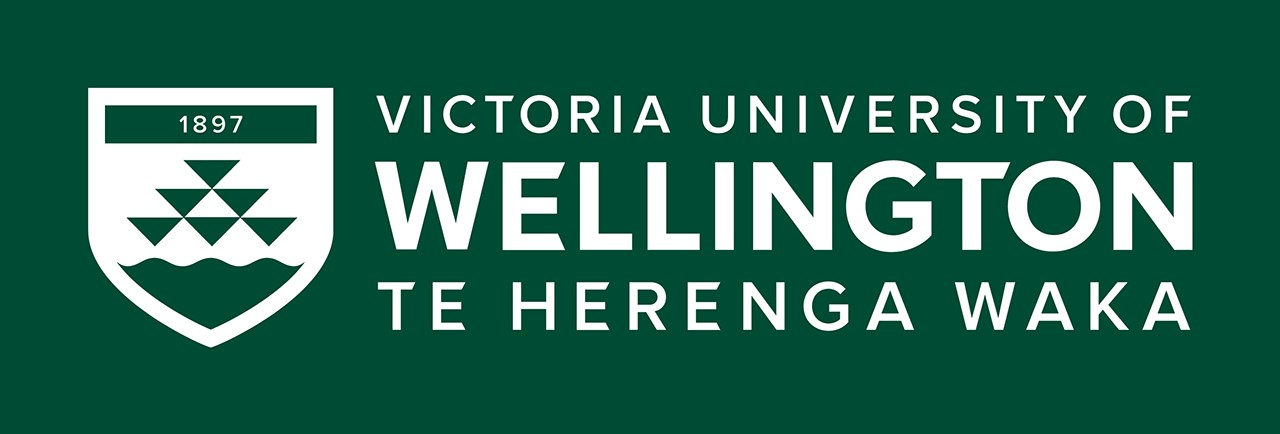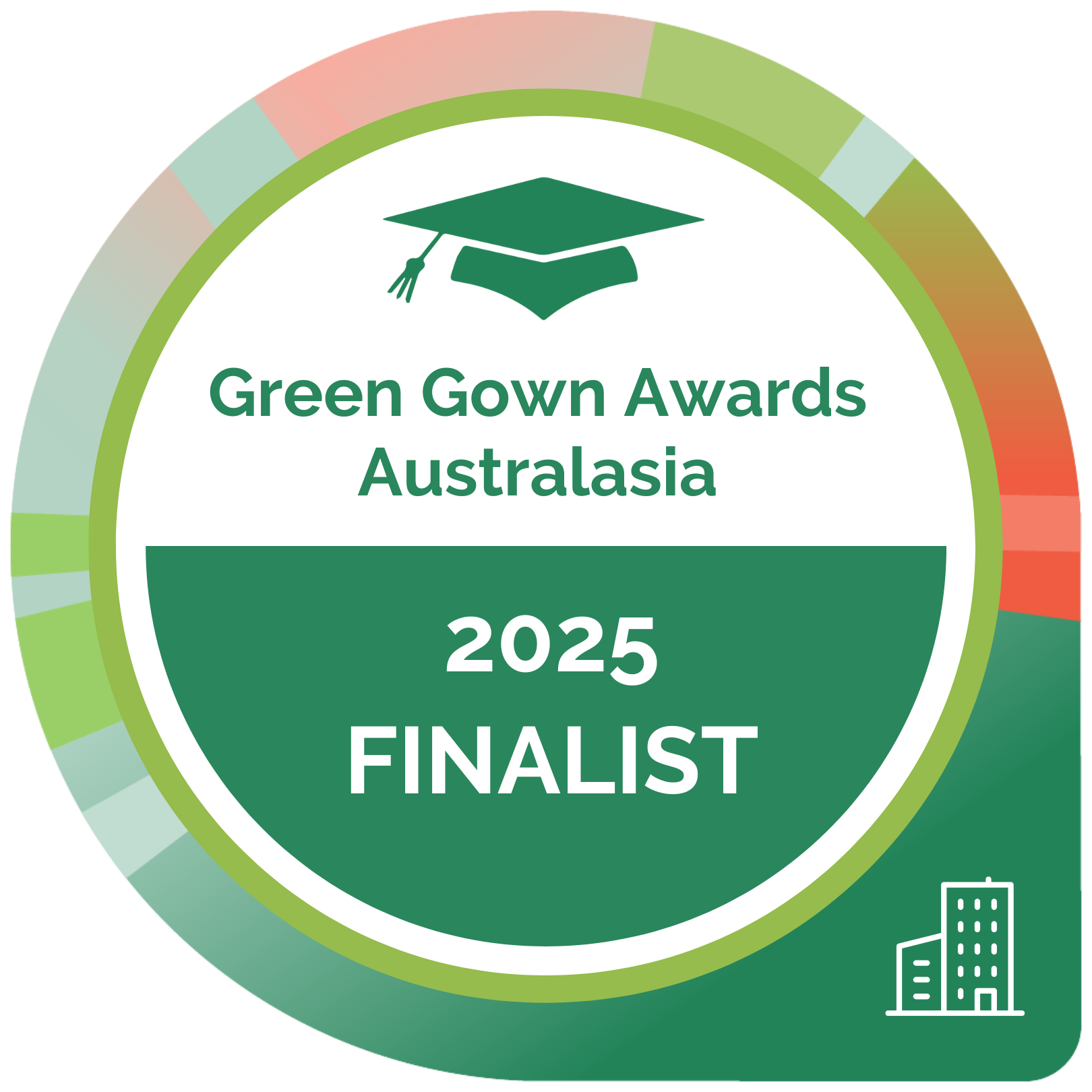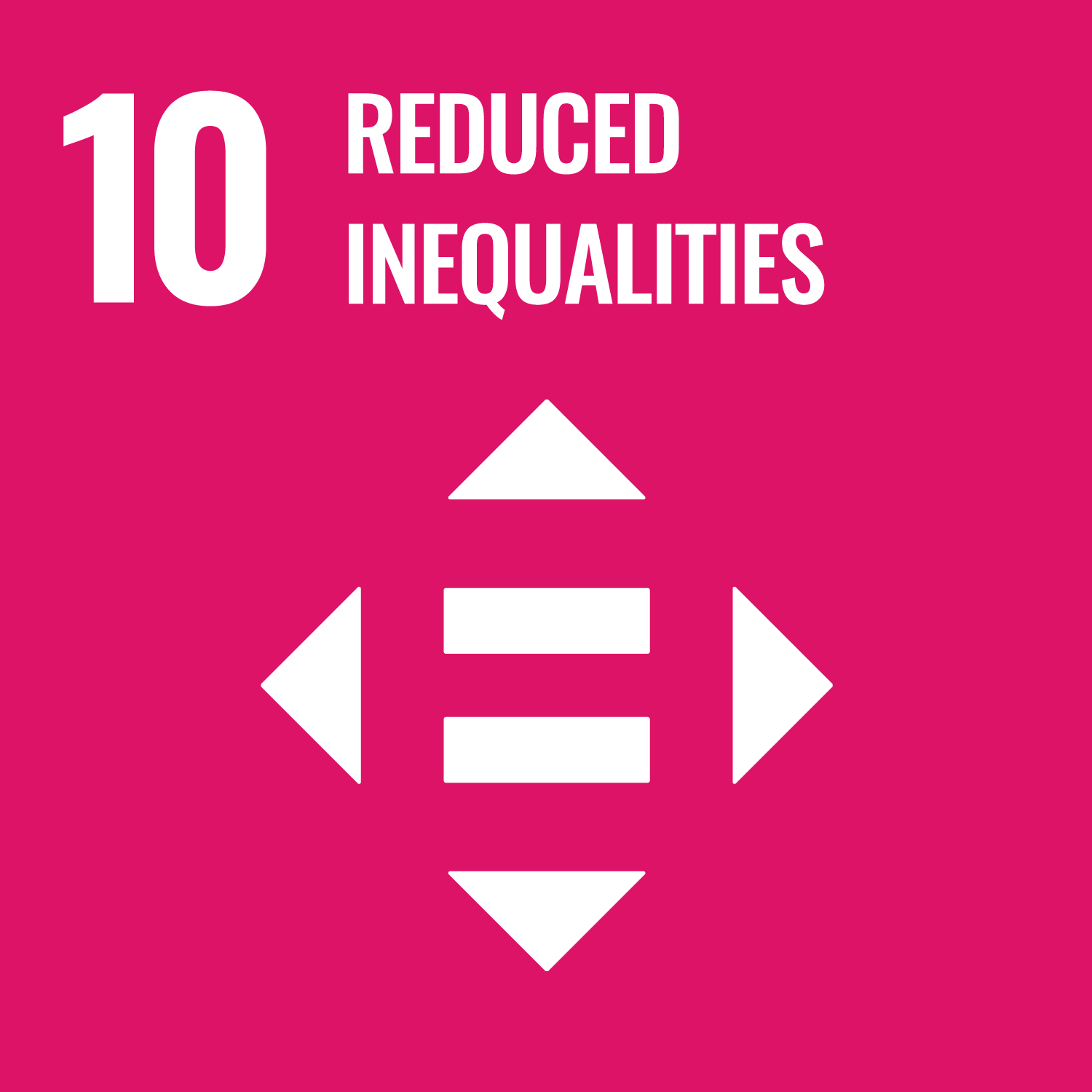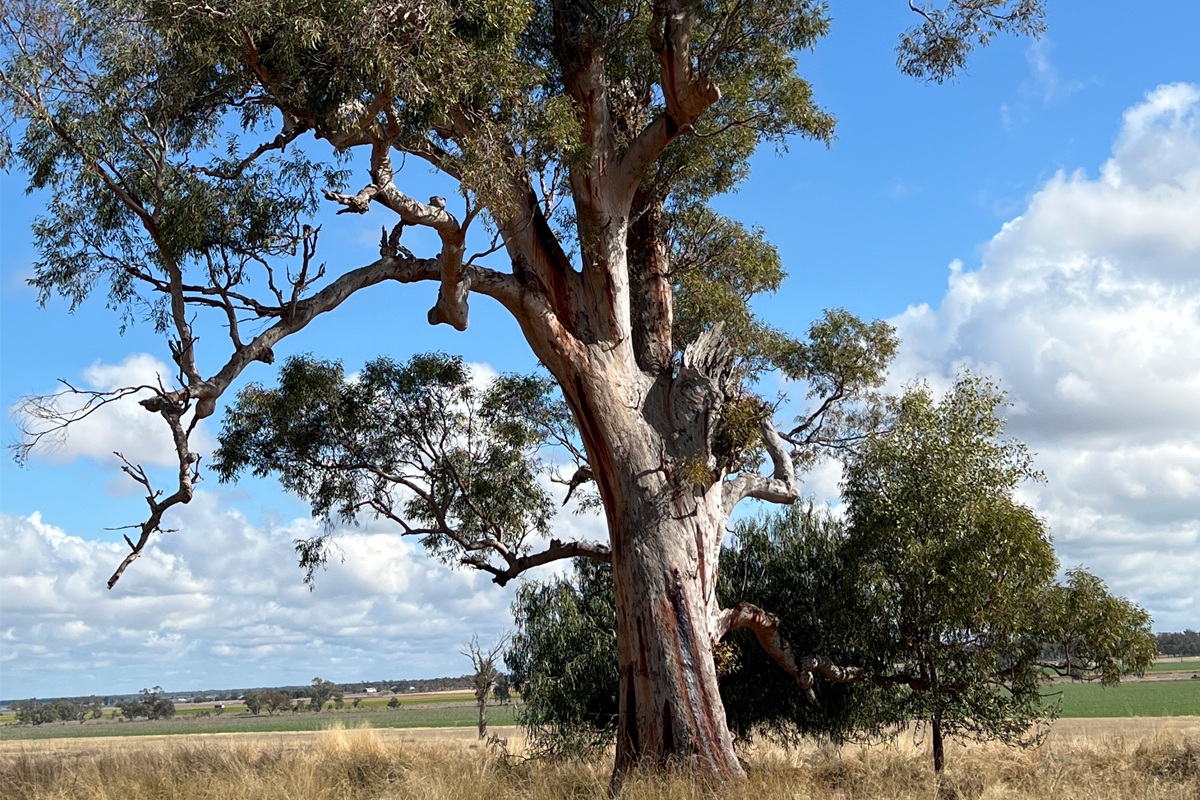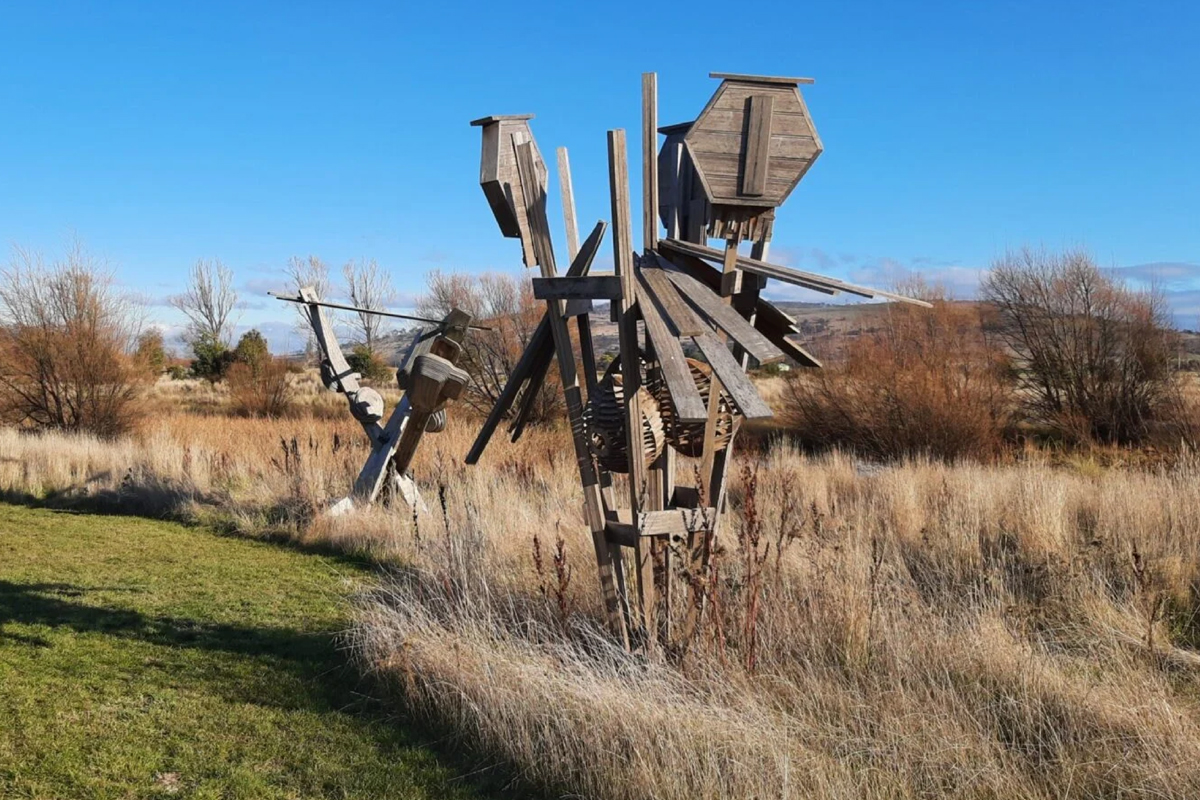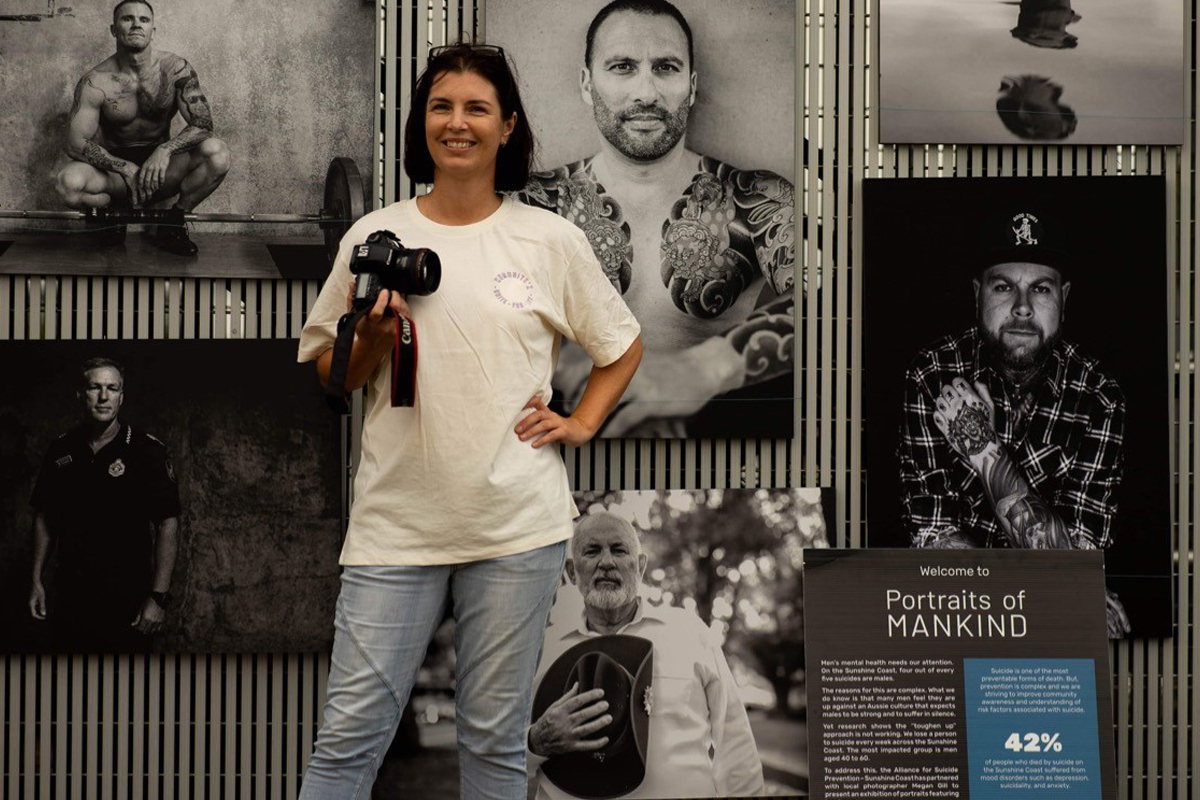Diversity Equity & Inclusion category
Ngā Mokopuna is a transformative Indigenous-led project combining mātauranga Māori and regenerative sustainability in the heart of Victoria University of Wellington. This multi-purpose building replaces outdated colonial infrastructure with a space intentionally designed to support future generations through teaching, events, research, and community connection. Officially opened in December 2024, it will be New Zealand’s first Living Building Challenge (LBC)-certified university building and among the most sustainable civic buildings globally. Developed under the leadership of the Deputy Vice-Chancellor (Māori and Kaitiakitanga), it is a flagship for respectful Indigenous co-design, embedding cultural integrity, sustainability, and inclusion at all levels of the university.

Exterior of ātea at Ngā Mokopuna and Te Tumu Herenga Waka, Te Herenga Waka—Victoria University of Wellington.
Environmental and Social Benefits
- Over 1,120 tonnes of construction waste diverted from landfill (95%); building design reduced embodied carbon through the use of engineered timber and meets net-positive energy and water targets, with solar generation and rainwater harvesting powering and servicing the site.
- Avoidance of harmful materials (90% Red List compliance), plus enhanced biodiversity through native planting and wildlife support, positions the project as a global exemplar of safe, regenerative built environments.
- The building improves wellbeing by offering fresh air, natural light, and visual connections to nature, while increasing the visibility and prominence of the marae on campus. It supports academic success, cultural connection, and community access.
Leadership and Engagement
- The project was co-led by Māori leaders and university teams, with support from over 100 contractors and hundreds of staff and students engaged during the design, construction and use phases.
- It sparked long-term structural change, with the university’s sustainability team now reporting to the DVC (Māori and Kaitiakitanga), and sustainability reframed through a mātauranga Māori lens.
- Strong cross-sector collaboration included design experts, construction workers, and student learning—embedding LBC values and fostering pride, ownership, and a shared cultural vision.
Significance to the Sector
- Ngā Mokopuna is the first multi-storey, urban university building in NZ to pursue Living Building Challenge certification—exceeding all regulatory requirements and integrating DEI into sustainability outcomes.
- It demonstrates institutional courage and leadership, going beyond strategic intent to embed Māori-led co-design, environmental care, and social connection in a $61M capital project.
- The initiative has influenced university-wide governance, teaching, and engagement models, offering a template for integrating Indigenous knowledge systems in infrastructure and strategy.
Wider Societal Impact
- Thousands have toured or engaged with Ngā Mokopuna, from school groups to community leaders, creating ripples of change across sectors.
- It has inspired construction and design professionals to explore regenerative, culturally informed practices and rethink standard building models.
- Māori graduates and students benefit from culturally rich, future-focused environments that build both cultural and sustainability competencies—enhancing employability and confidence.
Top 3 learnings
Supported by

Category finalists
Diversity Equity & Inclusion
Diversity Equity & Inclusion
Diversity Equity & Inclusion/Winner
Diversity Equity & Inclusion/Winner
Past winners
Benefitting Society/Winners
Benefitting Society/Winners
Diversity, Equity & Inclusion in Sustainability/Winners
Diversity, Equity & Inclusion in Sustainability/Winners
Climate Action/Winners
Climate Action/Winners
Sustainability Institution of the Year/Winners
Sustainability Institution of the Year/Winners
Creating Impact/Winners
Creating Impact/Winners
Creating Impact/Winners
Creating Impact/Winners
Top 3 learnings
Diversity Equity & Inclusion category
Ngā Mokopuna is a transformative Indigenous-led project combining mātauranga Māori and regenerative sustainability in the heart of Victoria University of Wellington. This multi-purpose building replaces outdated colonial infrastructure with a space intentionally designed to support future generations through teaching, events, research, and community connection. Officially opened in December 2024, it will be New Zealand’s first Living Building Challenge (LBC)-certified university building and among the most sustainable civic buildings globally. Developed under the leadership of the Deputy Vice-Chancellor (Māori and Kaitiakitanga), it is a flagship for respectful Indigenous co-design, embedding cultural integrity, sustainability, and inclusion at all levels of the university.

Exterior of ātea at Ngā Mokopuna and Te Tumu Herenga Waka, Te Herenga Waka—Victoria University of Wellington.
Environmental and Social Benefits
- Over 1,120 tonnes of construction waste diverted from landfill (95%); building design reduced embodied carbon through the use of engineered timber and meets net-positive energy and water targets, with solar generation and rainwater harvesting powering and servicing the site.
- Avoidance of harmful materials (90% Red List compliance), plus enhanced biodiversity through native planting and wildlife support, positions the project as a global exemplar of safe, regenerative built environments.
- The building improves wellbeing by offering fresh air, natural light, and visual connections to nature, while increasing the visibility and prominence of the marae on campus. It supports academic success, cultural connection, and community access.
Leadership and Engagement
- The project was co-led by Māori leaders and university teams, with support from over 100 contractors and hundreds of staff and students engaged during the design, construction and use phases.
- It sparked long-term structural change, with the university’s sustainability team now reporting to the DVC (Māori and Kaitiakitanga), and sustainability reframed through a mātauranga Māori lens.
- Strong cross-sector collaboration included design experts, construction workers, and student learning—embedding LBC values and fostering pride, ownership, and a shared cultural vision.
Significance to the Sector
- Ngā Mokopuna is the first multi-storey, urban university building in NZ to pursue Living Building Challenge certification—exceeding all regulatory requirements and integrating DEI into sustainability outcomes.
- It demonstrates institutional courage and leadership, going beyond strategic intent to embed Māori-led co-design, environmental care, and social connection in a $61M capital project.
- The initiative has influenced university-wide governance, teaching, and engagement models, offering a template for integrating Indigenous knowledge systems in infrastructure and strategy.
Wider Societal Impact
- Thousands have toured or engaged with Ngā Mokopuna, from school groups to community leaders, creating ripples of change across sectors.
- It has inspired construction and design professionals to explore regenerative, culturally informed practices and rethink standard building models.
- Māori graduates and students benefit from culturally rich, future-focused environments that build both cultural and sustainability competencies—enhancing employability and confidence.
Supported by

Related finalists
Diversity Equity & Inclusion
Diversity Equity & Inclusion
Diversity Equity & Inclusion/Winner
Diversity Equity & Inclusion/Winner
Other finalists
Climate Action
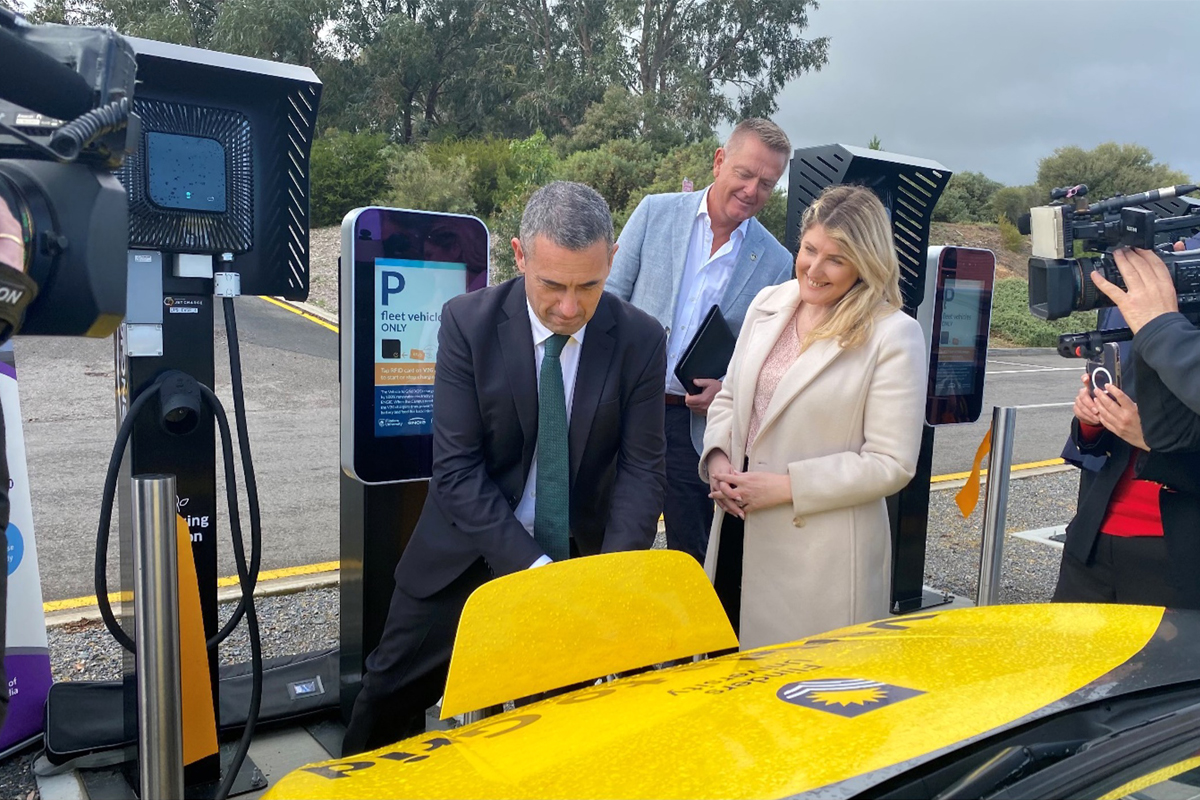
Driving Towards Tomorrow’s Campus with Vehicle-to-Grid EV Technology
As part of Flinders University’s drive to innovate and become a leader in climate action, the University launched its Vehicle-to-Grid (V2G) initiative. This involved installing and maintaining 20x V2G and smart chargers for its growing electric vehicle fleet. Leveraging 100% renewable energy generated by ENGIE’s Willogoleche Wind Farm and Flinders University’s solar power systems, this enables the storage of renewable energy in EV batteries to be discharged on campus during peak demand periods. Hence, allows for these EV fleets to operate as a Virtual Power Plant (VPP) to deliver peak demand management and optimization of behind-the-meter generation.
Overall, this initiative demonstrates the reliability and scalability of bi-directional and uni-directional smart-charging systems for EVs in reducing GHG emissions while facilitating teaching, research, and innovation opportunities. Moreover, it exemplifies a sustainable and innovative solution to scale energy storage technology and increase renewables.
Sustainability Champion – Staff/Winners
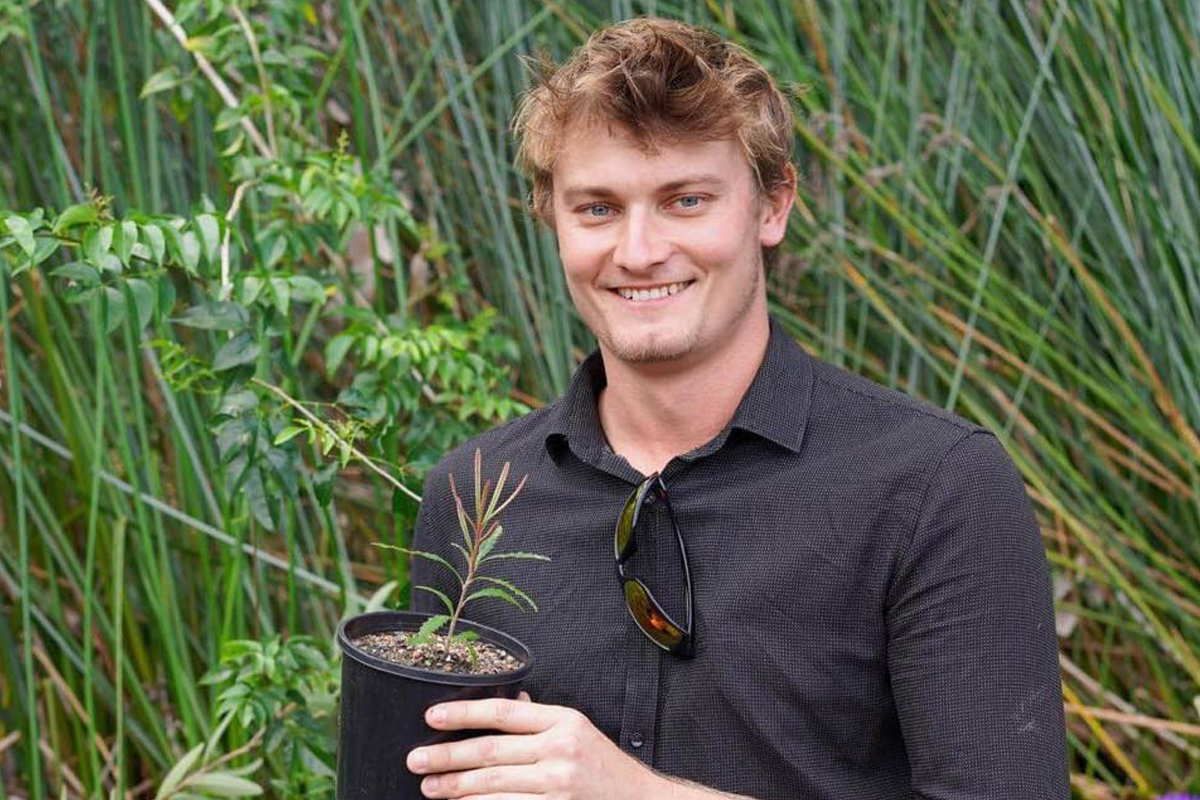
Brandan Espe
Environmental Officer / Acting Grounds Supervisor
Brandan has brought over 50 federally listed Endangered species of plant into the James Cook University living collection, many of which have never been cultivated and are found in no other collection in the world.
Of these, over half have been sustainably wild collected, inclusive of field and clone data, so they can be used for ongoing conservation, research and teaching, the remaining being sourced from private and partner organisations through favours of service or trades.
He personally funded the project from 2019-2022, until funding was awarded for the program due to its success, with the program now being engrained into the Universities landscapes for ongoing management should he leave JCU, creating a threatened species legacy collection.
The program has now expanded beyond this, with an additional 48 species now funded for further addition, some of which are only known from less than 5 sightings in history.
Student Engagement
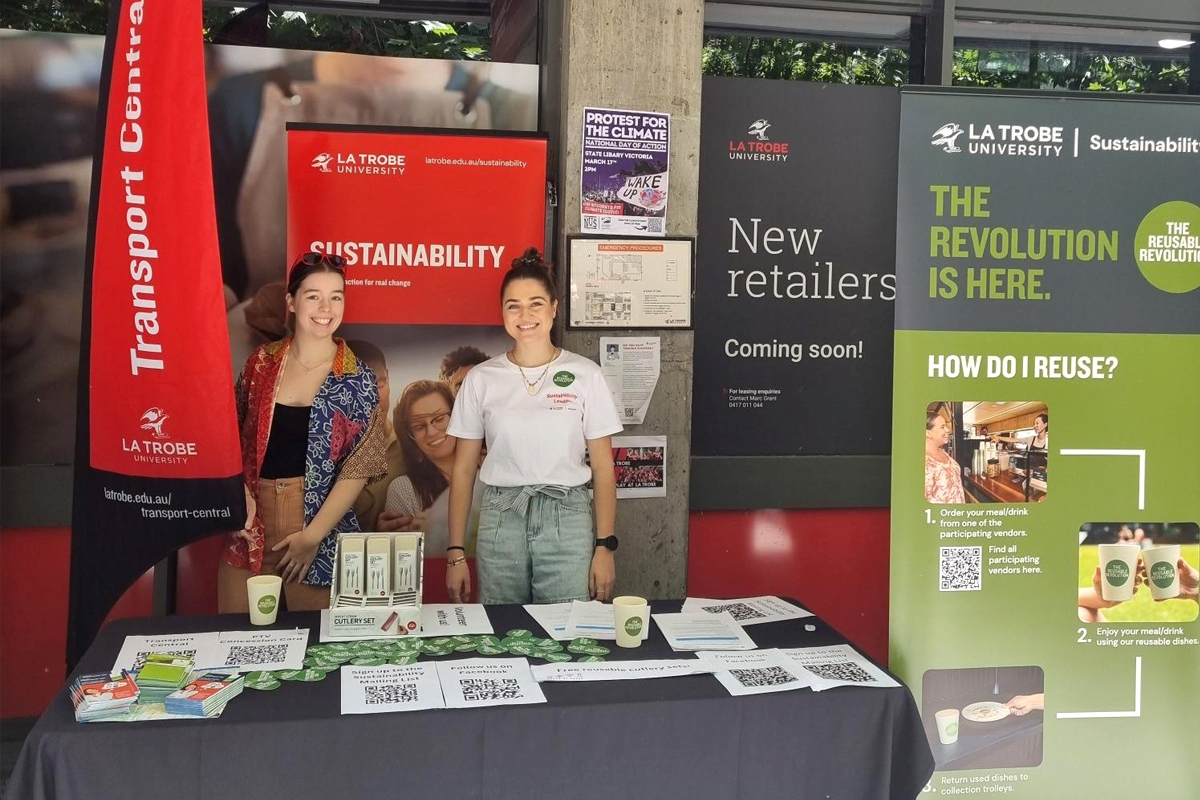
Sustainability Leaders creating real impact!
La Trobe created a unique Sustainability Leaders volunteering program to increase engagement with students on campus and empower them to act against waste and promote sustainability. It included the following initiatives:
- Promoting the reusable crockery implementation,
- Increasing knowledge action of other students on campus to diversion comingled recycling and organic waste from landfill.
- Focus on waste audits and data,
- Improved signage through new waste posters for students living on campus.
- Collaboration with Cirka (our cleaning and waste partner) to create a waste wall and;
- Learning all things sustainability (net zero, biodiversity, waste, reusables, engagement)
These initiatives yielded significant results and with a reduction in waste contamination by almost 40% at the residential buildings and engagement with over 80 groups of people for the Reusable Revolution.
Creating Impact
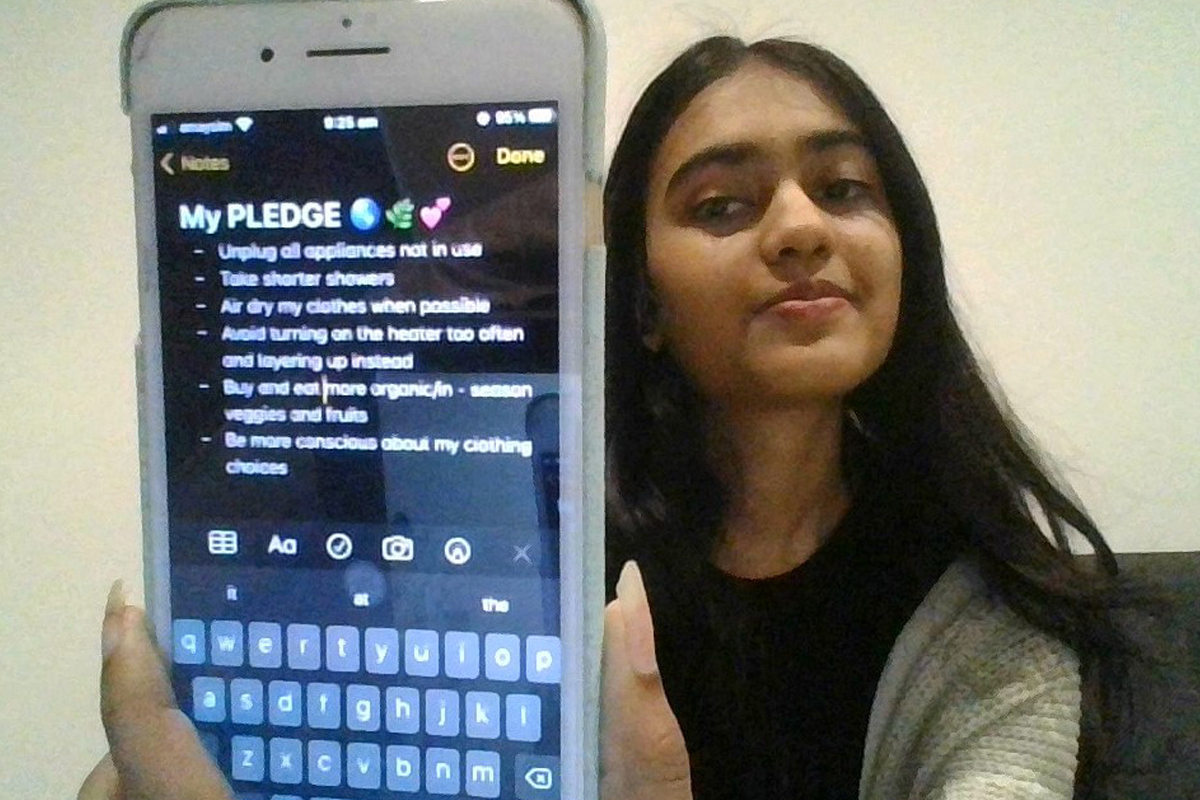
Where knowledge meets habits: Empowering students for a sustainable tomorrow
Our online Sustainability Challenges offer participants an engaging, self-paced learning experience centered around a specific United Nations Sustainable Development Goal (UNSDG). Requiring minimal resourcing and at zero-cost to participants, we’ve created replicable, compact, scalable, and impactful learning opportunities that result in real impact.
The Challenges follow a structured process that moves participants from knowledge gain to simple action to celebration, to establish small but mighty habits relating to waste and carbon emissions. This approach recognises that knowledge alone is often insufficient to drive behaviour change, and that ease of action and celebration are crucial components in creating sustainable habits.
Sustainability Champion – Staff/Winners
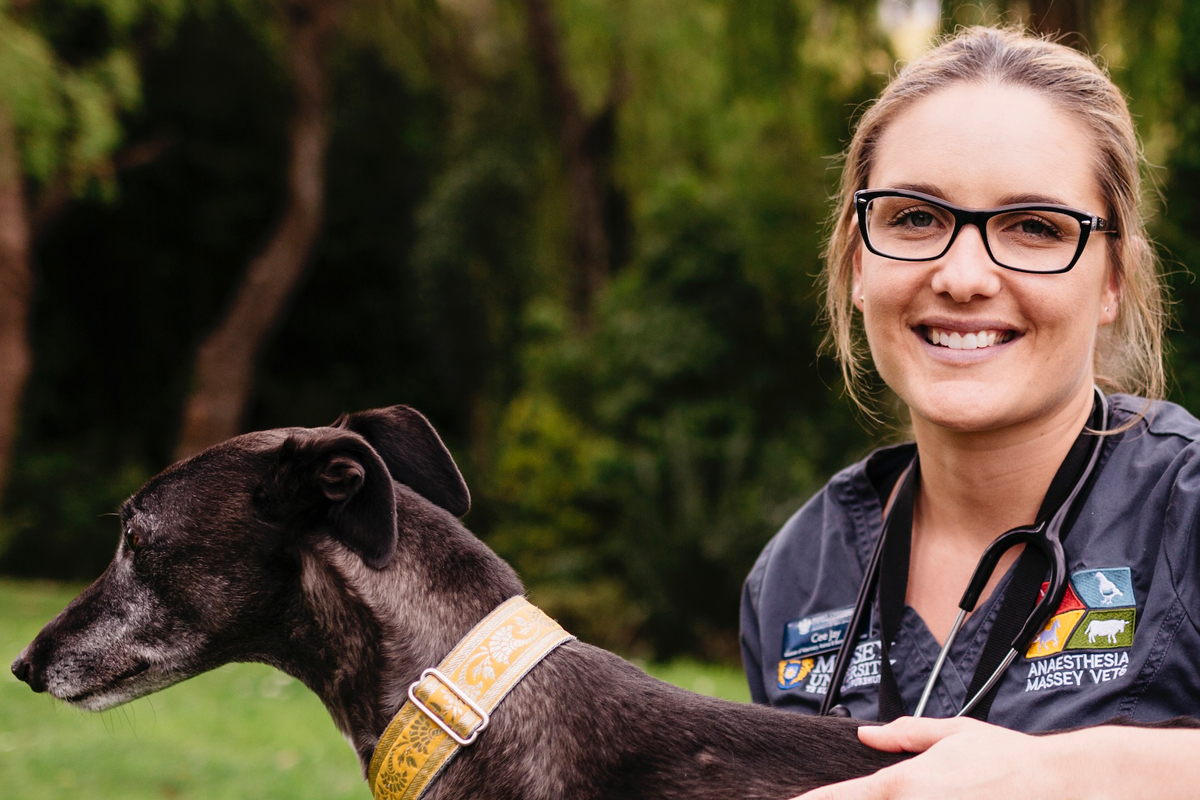
Catherine (CeeJay) Donovan
Veterinary nurse – Anaesthesia
From establishing the Massey Vet School Green Team to leading impactful initiatives, my commitment to environmental sustainability has been making waves. With the help of my team, I have accomplished numerous small, yet meaningful actions, including integrating a sustainability lecture for final year vet students and implementing battery recycling alongside rechargeable battery use. Our larger projects encompass the introduction of green waste and soft plastics recycling bins, an energy audit resulting in power-saving measures, and playing a part in a successful rubbish audit. I spearheaded the ‘6 in 6’ campaign, empowering individuals with six simple steps for workplace sustainability. Through the SustainaVet social media pages I help to educate and inspire peers nationwide. As the Massey School of Veterinary Science sustainability champion, I had the privilege of speaking at the annual veterinary conference on sustainability in clinical practice. Currently I’m conducting pioneering research on responsible cat waste disposal. Together, we’re forging a greener future, one initiative at a time.
Sustainability Champion – Student
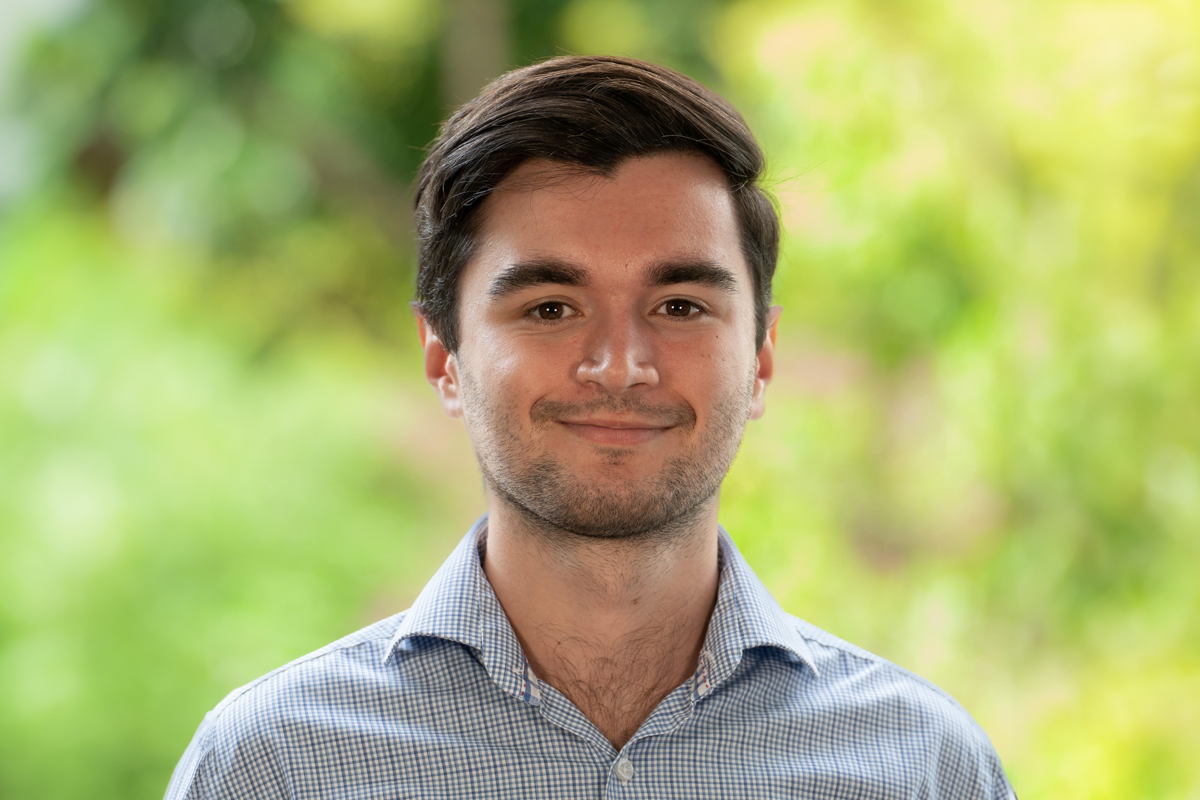
Louis Walmsley
SDG Coordinator Monash Association of Sustainability, Office Bearer Monash Student Association’s Environmental and Social Justice Department, Masters of Environment and Sustainability Student
Louis is an exceptional student sustainability leader at Monash University. His passion and dedication to sustainability have made a significant impact on the community. Louis’s values revolve around sustainability, which is evident upon meeting him. He actively participates in various sustainability groups, demonstrating his commitment to creating a more environmentally conscious society.
One of Louis’s notable involvements is with Precious Plastic Monash, where he organizes remarkable events and fosters collaboration among like-minded individuals, student groups, and staff. His contributions to the Monash Association of Sustainability have allowed him to conduct valuable research on plastic usage and climate action, resulting in positive changes within the university.
Through his work with the Monash Student Association, Louis has engaged hundreds of students in fun and interactive sustainability initiatives. He took the initiative to organize a sustainability food fair, which was one of the largest sustainability-related events held at Monash post-COVID. This accomplishment is a true testament to Louis’s hard work and creativity.
Louis is an outstanding student leader whose efforts in sustainability have had a lasting impact on Monash University and its community. His inspiring nature resonates with everyone who knows him.

